Say Goodbye to Chafing & Saddle Sores: Essential Tips for a Comfortable Bike Ride
Learn how to prevent bike chafing with these easy tips. Say goodbye to saddle sores and spend more (pain-free) time on the bike!
If you’re an avid cyclist, you’ve probably experienced some degree of bike chafing and/or saddle sores on a ride. It’s not fun and it can make a ride miserable or even unbearable.
So how do cyclists prevent chafing?
There’s no one guaranteed answer, but in this post, I share a few easy tips that might help reduce the likelihood of saddle chafing and hopefully prevent those painful little saddle sores from developing and getting worse.
Let’s dive in!
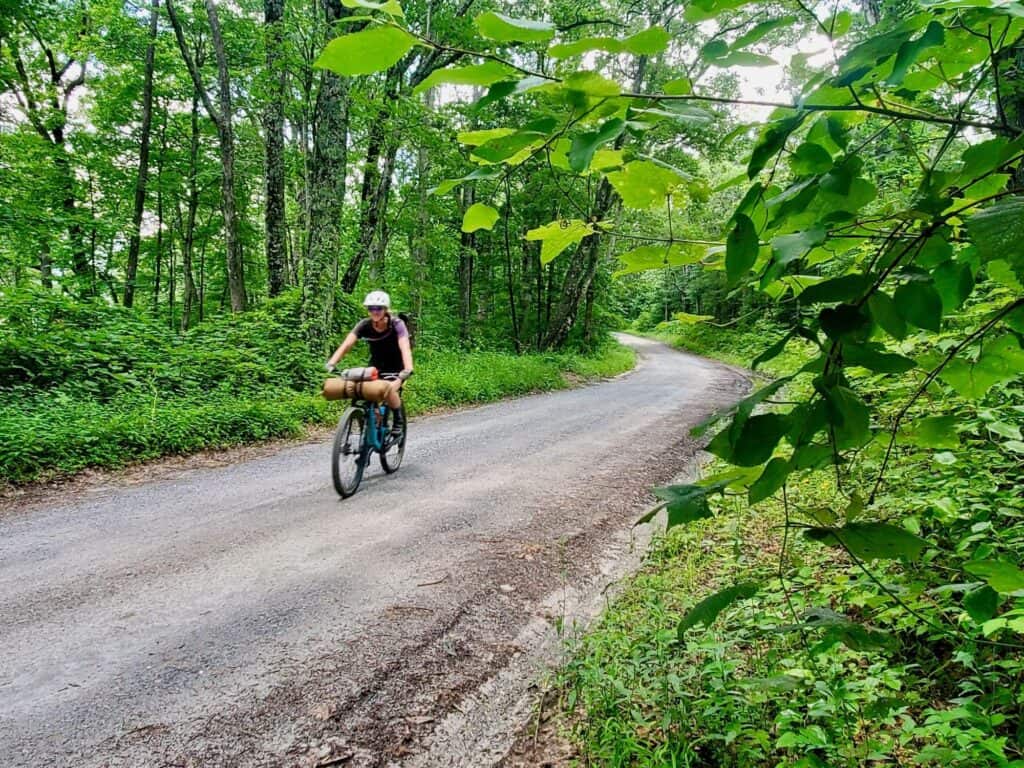
Need Help Planning Your Trip?
New to bikepacking? I’d love to help you plan your first (or next) overnight trip! Click the link below to set up a Q & A session.
Understanding Chafing & Saddle Sores
First, let’s talk about what’s happening down there. When you start to feel that burning sensation in the nether regions, it’s probably because there’s an undue amount of friction between the bike saddle and your chamois (aka padded liner).
Chafing typically presents itself in the groin area, butt, and inner thighs.
The cause of bike saddle chafing can be a number of things including:
Bike chafing usually isn’t a big deal other than being uncomfortable and maybe forcing a rest day or two, but when chafing isn’t taken care of properly, it can lead to saddle sores, which can then lead to infection.
Saddle sores are raised, inflamed, pimple-like welts and they develop after many hours on the bike with lots of harsh friction between the saddle and your skin.
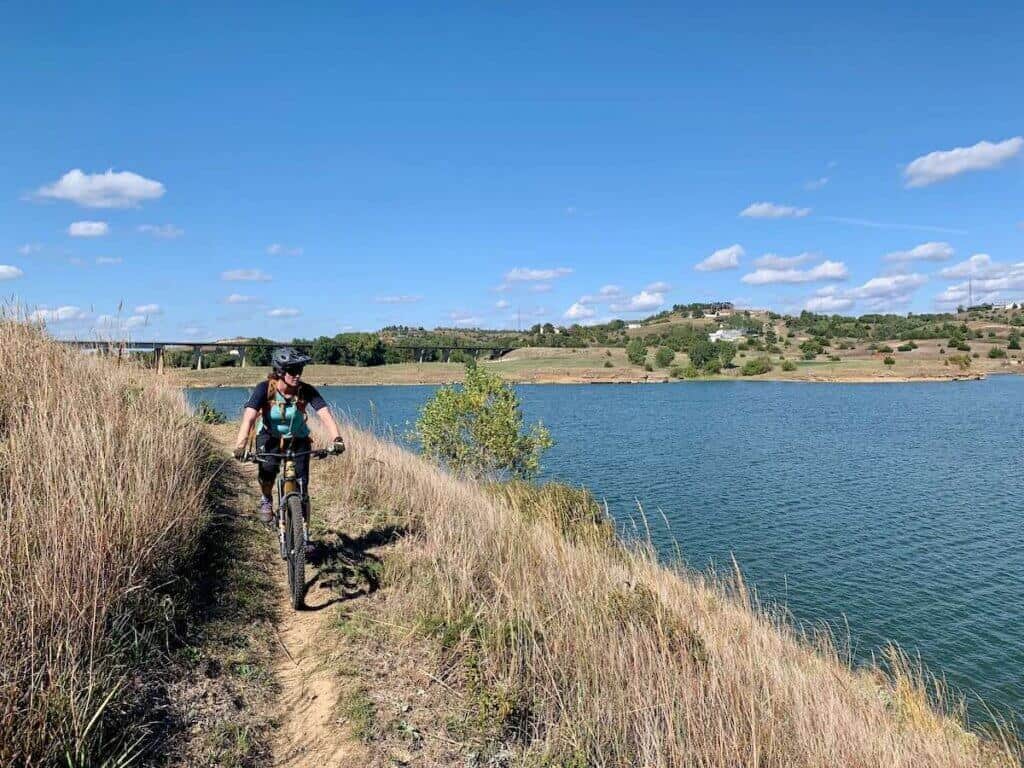
Selecting the right gear
The two most important pieces of gear that will directly affect how comfortable you are while riding are your bike shorts (aka chamois) and your saddle.
Bike Shorts
When it comes to preventing chafing and saddle sores, investing in a pair of high-quality cycling shorts can make all the difference.
These shorts are specially designed with high-performance fabrics and strategically placed padding to provide optimal comfort and protection during long rides.
The key feature that sets cycling shorts apart is the chamois pad, a cushioned insert located in the seat area.
The chamois pad helps reduce friction and provides an additional layer of support to minimize pressure on sensitive areas.
How to choose bike shorts
When selecting cycling shorts, finding the right fit is crucial. Look for a pair that hugs your body snugly without feeling overly tight or restrictive.
Avoid shorts that are too loose, as they can lead to excess fabric rubbing against your skin, increasing the likelihood of chafing.
Opt for a comfortable, contoured fit that allows for freedom of movement without bunching or riding up.
Investing in a few pairs of well-fitting, high-quality cycling shorts will not only enhance your comfort but also contribute to better overall enjoyment during your rides.
Remember, when it comes to preventing chafing and saddle sores, choosing the right gear is a small investment that pays off in the long run.
>> Where to Shop:
Saddle selection
When it comes to preventing chafing and saddle sores, selecting the right saddle is of paramount importance.
Your saddle is the primary point of contact between you and your bike, and a poorly fitting or unsuitable saddle can quickly lead to discomfort and pain.
Consider your body type, riding style, and personal preferences when choosing a saddle.
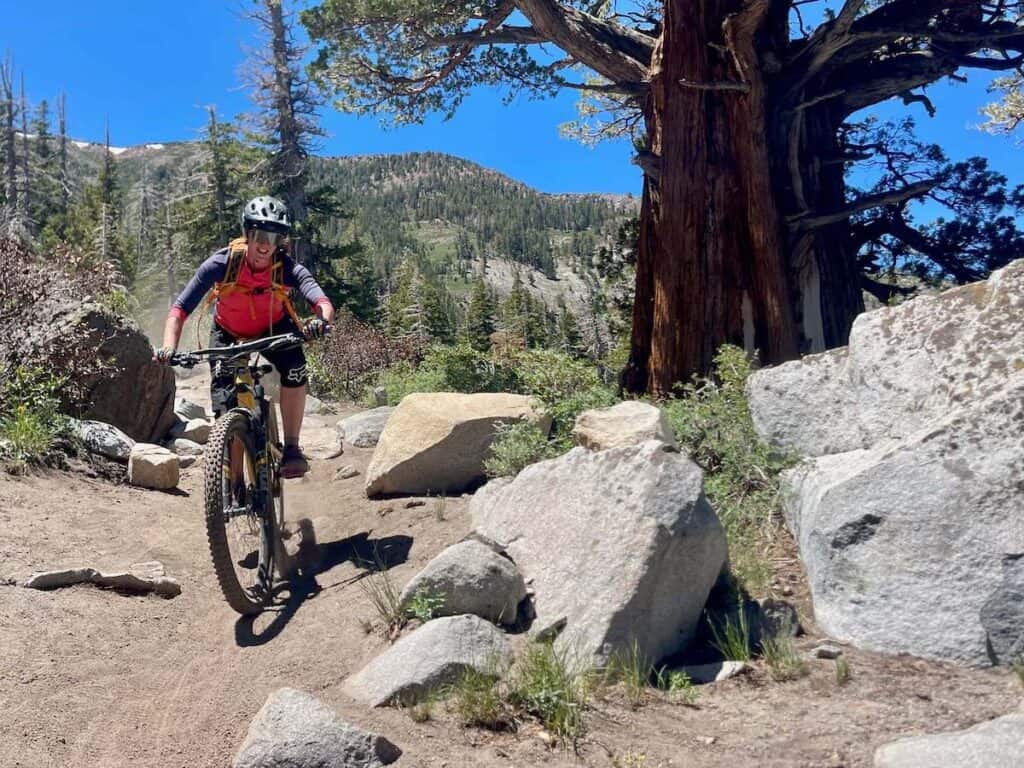
Consider your Body type
For body type, individuals with wider sit bones may benefit from saddles with wider profiles to distribute weight more evenly.
Conversely, those with narrower sit bones might find narrower saddles more comfortable.
Some bike shops offer specialized tools to measure sit bone width, helping you choose a saddle that matches your anatomy. Or you can do it with a simple piece of cardboard.
Determine your riding style
Riding style also plays a role in saddle selection. If you engage in more aggressive riding, such as racing or mountain biking, a narrower, more streamlined saddle might be preferable.
On the other hand, if you enjoy long-distance touring or leisurely rides, a wider saddle with additional padding may provide greater comfort and support.
>> Check out Terry’s Saddle Selector questionnaire to find your perfect saddle
>> Where to Shop:
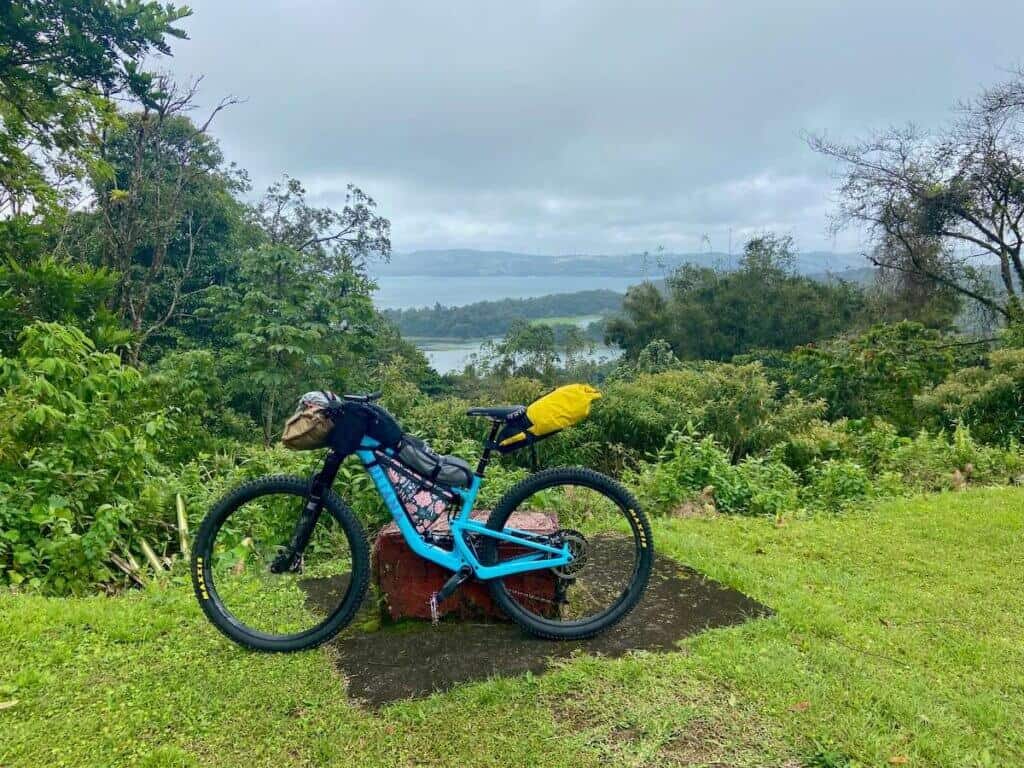
Proper bike setup
Bike fit
Achieving a proper bike fit is crucial for overall comfort on the bike and preventing chafing and saddle sores.
If you really struggle with chafing, consider scheduling a professional bike fitting session. A trained bike fitter will be able to assess your body’s biomechanics, riding style, and flexibility to make necessary adjustments that optimize your riding position on the bike.
During a bike fitting, the fitter will analyze various factors such as your leg and arm extension, torso angle, and reach to the handlebars.
They will make adjustments to your bike’s components, including saddle height, handlebar position, and stem length, to ensure optimal alignment and posture.
This not only helps prevent chafing and saddle sores but also minimizes the risk of injuries and maximizes your pedaling efficiency. It’s a win-win!
Saddle Height and Position
Another critical element of proper bike setup is saddle height. An incorrectly set saddle height can lead to excessive pressure on the perineum, resulting in discomfort and potential chafing.
Follow these guidelines to determine the correct saddle height for you:
- Stand next to your bike and position the saddle parallel to the ground.
- Have someone hold your bike while you mount it and place your heel on the pedal at the bottom of the pedal stroke.
- Adjust the saddle height so that your leg is fully extended with a slight bend at the knee.
- When you switch to the ball of your foot on the pedal, your leg should have a slight bend at the bottom of the pedal stroke.
- Make small adjustments and test ride to find your optimal saddle height.
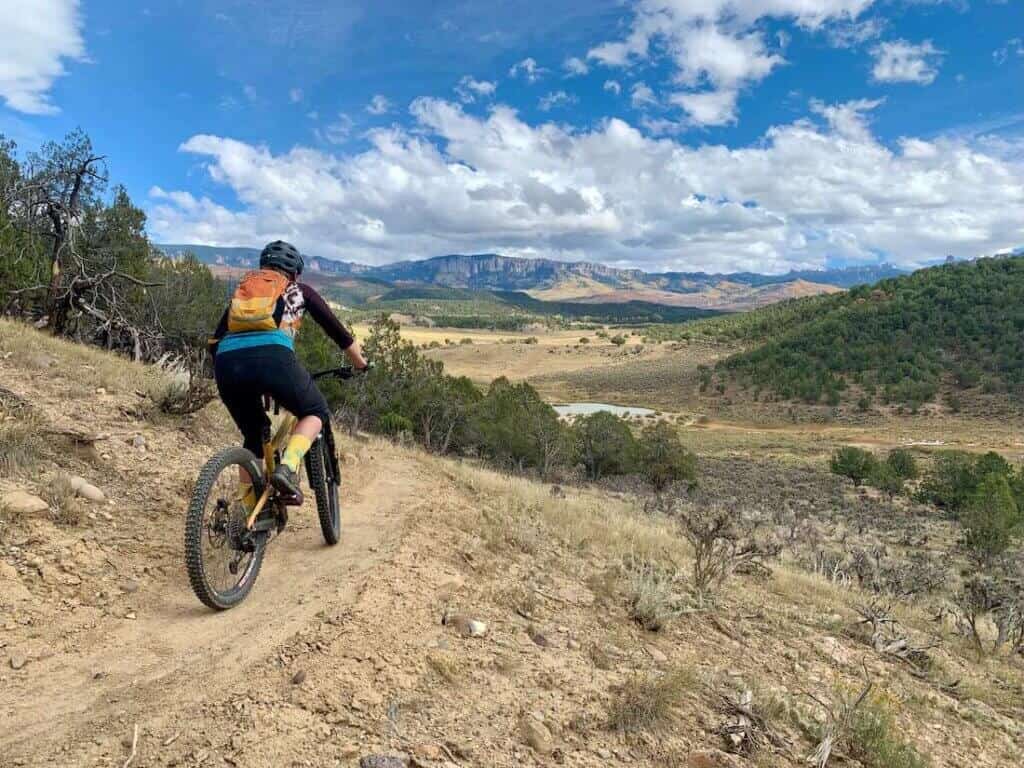
In addition to saddle height, saddle position or angle can also affect comfort and prevent chafing.
A level saddle is generally the recommended position. However, some riders may find a slight tilt forward or backward more comfortable. Experiment with small adjustments to find the position that works best for you, ensuring that it minimizes pressure on sensitive areas while maintaining a balanced and stable riding posture.
By setting the saddle height and position correctly, you can achieve better weight distribution, reduce pressure points, and minimize the risk of chafing and saddle sores.
Hygiene & Moisture Management
Personal Hygiene
Maintaining good personal hygiene is super important for preventing chafing and saddle sores.
If chafing is an ongoing headache for you, before hopping on your bike, clean the areas prone to chafing with mild antibacterial soap and warm water. This helps remove sweat, dirt, and bacteria that can exacerbate friction and irritation during the ride.
After each ride, don’t wait too long to take a shower or rinse off. Use a gentle cleanser or antibacterial wipe to remove any sweat, bacteria, or residue that may have accumulated during your ride.
Drying the area properly is equally important. Pat the skin dry with a clean towel or allow it to air dry before putting on fresh clothing.
Moisture-Wicking Clothing
Choosing the right clothing can greatly aid in moisture management and reduce the risk of chafing and saddle sores.
Opt for cycling-specific apparel made from moisture-wicking fabrics, such as polyester or nylon blends. These fabrics are designed to pull moisture away from your skin, allowing it to evaporate quickly and keeping you dry.
Moisture-wicking clothing helps to minimize friction between your skin and the fabric, reducing the likelihood of chafing.
Additionally, these fabrics are often lightweight and breathable, promoting airflow and helping regulate body temperature. Look for garments with flatlock seams, as they minimize rubbing and irritation.
Avoid wearing cotton-based clothing, as it tends to retain moisture, leading to prolonged wetness and increased friction.
By practicing proper personal hygiene and wearing moisture-wicking clothing, you can effectively manage moisture and minimize the risk of chafing and saddle sores.
Remember to keep spare sets of cycling clothing on hand for long rides or multi-day tours to ensure you can change into dry, clean apparel as needed.
Read next: What to wear mountain biking
Chamois Creams & Anti-Chafe Ointments
Lubrication plays a vital role in preventing chafing and saddle sores by reducing friction between your skin and the cycling shorts or saddle.
Applying a lubricant (not that kind of lubricant…) to sensitive areas creates a smooth surface that allows your skin and the fabric to glide against each other, minimizing friction and irritation.
Using chamois creams is particularly useful during longer rides or in hot and humid conditions when sweat and moisture can increase friction.
Reducing friction helps prevent the formation of hot spots and blisters, keeping your skin comfortable and less prone to chafing.
There are various lubrication options available, and choosing the right one largely depends on personal preference and skin sensitivity.
There are specialized chamois creams that are specifically designed for cyclists. Chamois creams are formulated to provide both lubrication and moisture management.
They often contain ingredients such as aloe vera, tea tree oil, or witch hazel, which have soothing and anti-inflammatory properties. Chamois creams can also provide a cooling sensation, which can be particularly helpful on hot rides.
>> Where to Shop:
Alternatively, you can use a petroleum-based ointment like All Good Goop, which is thicker and oiler than a traditional chamois cream.
I personally prefer to use All Good Goop because I find that it lasts longer and is better for women who have ‘internal’ chafing.
>> Where to Shop:
During longer rides, it may be necessary to reapply lubrication or chamois cream to maintain its effectiveness.
As a general guideline, consider reapplying every few hours or when you start to feel discomfort or friction in the sensitive areas. The small packets of Chamois Butt’r are great for this.
Post ride care
After completing a bike ride, it’s important to prioritize cleaning and drying your gear promptly. This practice not only helps maintain the longevity of your cycling apparel but also promotes good hygiene and prevents the buildup of bacteria that can contribute to chafing and saddle sores.
The salt and sweat can be abrasive to already chaffed areas and the bacteria that may be growing in those day-old chamois can cause infection to saddle sores pretty quick
If you can, try to wash and dry your cycling clothes after every ride. Now you may be thinking, “who doesn’t wash their chamois after every ride?” and while that may be the case, it is an important reminder because dirty, sweaty chamois can wreak havoc on your tender areas.
If you’re on a bikepacking trip or a multi-day mountain biking trip without access to a washing machine, then at least try to rinse them off in a river or lake and letting them dry before pulling them back on.
It’s also essential to clean your saddle and handlebar grips regularly. Use a damp cloth or mild disinfectant wipe to remove any sweat or residue that may have accumulated.
Healing & Treatment
In the event of minor chafing or saddle sores, proper self-care measures can aid in the healing process. Start by gently cleaning the affected area with warm water and a mild antibacterial soap. Pat the area dry with a clean towel or allow it to air dry.
Next, apply a healing ointment or antiseptic cream to the affected area to promote skin recovery and prevent infection. Look for products that contain ingredients like aloe vera or calendula, known for their soothing and healing properties.
>> Where to Shop:
During the healing process, it’s vital to allow the affected area to breathe and avoid any further friction or irritation.
Wearing loose-fitting clothing or going without underwear can help in this regard.
While most cases of chafing and saddle sores can be treated with self-care measures, it’s important to seek medical attention if the condition worsens or persists.
If you notice signs of infection such as increased redness, swelling, warmth, or pus, consult a healthcare professional. They can provide appropriate treatment and guidance to address more severe cases.
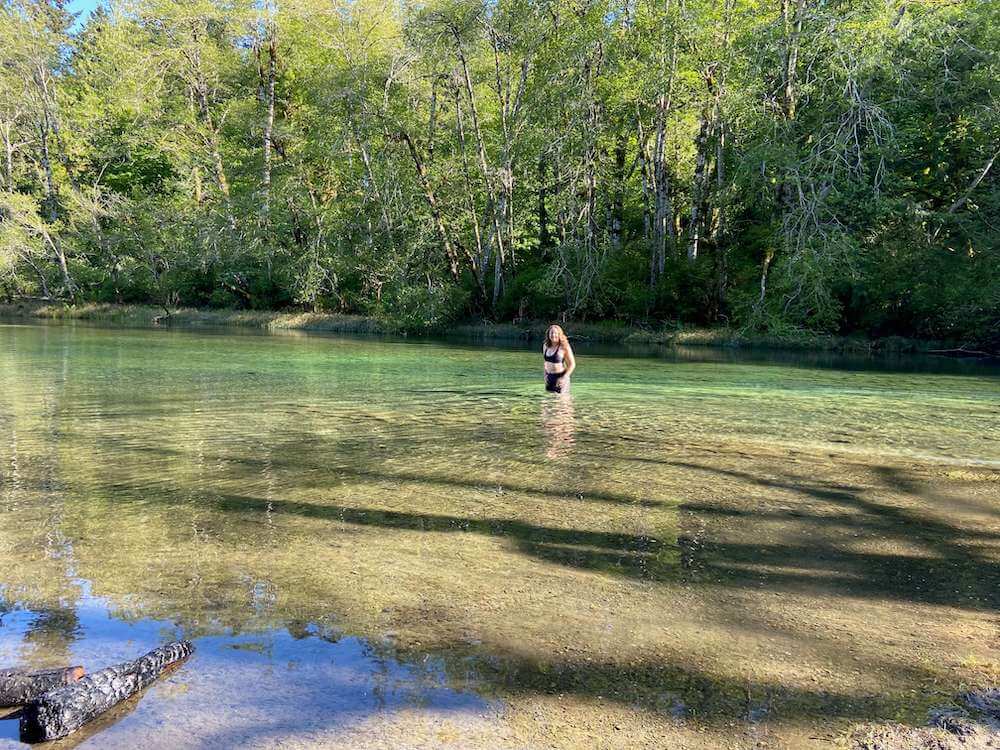
Anti-Chafing Tips for Female cyclists
For the ladies in the crowd, here are a few additional women-specific tips to help prevent bike chafing and saddle sores.
Rethink Hair removal
That’s right, it’s a good idea to rethink how or whether you really want to remove hair down there if you’re a cyclist. In addition to excessive chafing, saddle sores can also be formed by ingrown hair follicles.
So if you practice hair removal and you’re finding that you’re getting nasty saddle sores, you might want to change strategies.
Always wipe after peeing
Even if you’re popping a squat trailside, it’s a good idea to wipe post-pee so that your vagina stays clean and dry.
Chafing can happen when there’s extra moisture in the chamois, so paying extra attention to wiping can help prevent chaffed skin, especially on long rides.
>> Where to Shop:
Try a women’s specific saddle
If you find biking painful or uncomfortable, I highly recommend trying a women’s saddle. Women tend to have wider sit bones than men, so we benefit from a wider saddle.
Terry makes some of the best women’s bike saddles out there and if you’re not sure which one to get, just reach out to customer service and they’ll help match you with the best saddle for your body and riding style.
I have both the Terry Corta and Terry Century saddles.
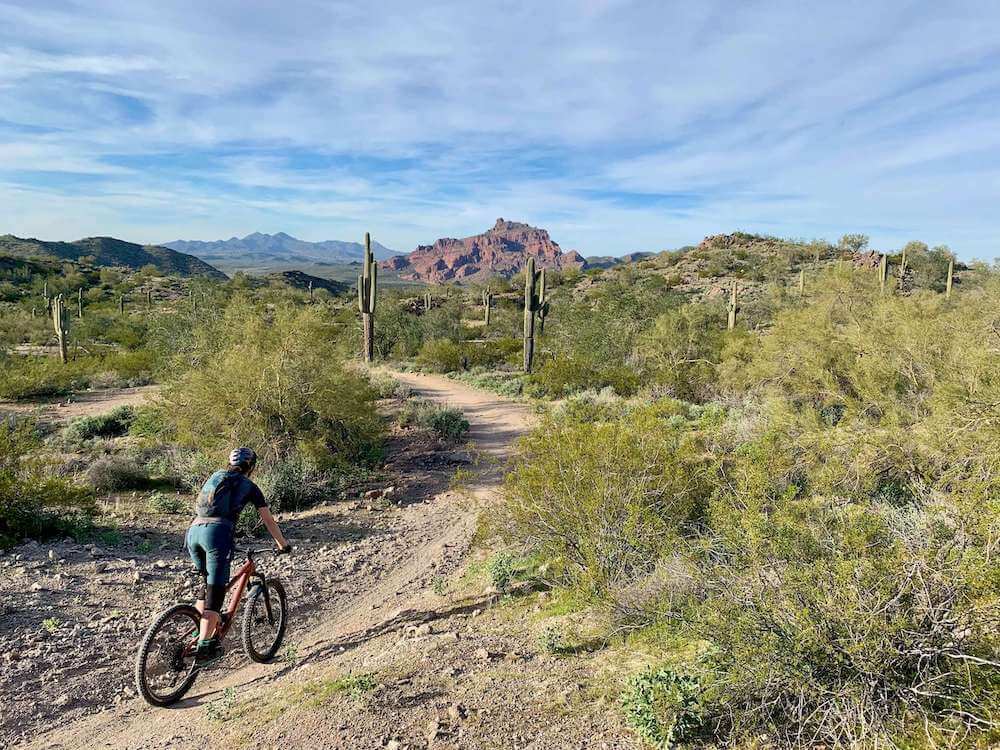
Use a salve
If you find that your chafing is more internal than external, use an oilier salve like the Good Goop Ointment inside your… lips.
An ointment doesn’t absorb as readily as a chamois cream, so it can help keep things from getting dry and causing friction when you pedal.
Final thoughts
Like most things in life, there is no ‘one’ magic solution for preventing chafing and saddle sores when you ride. But I hope with these tips and this information, you can find comfort and enjoyment in the saddle.
Remember to invest in good sweat-wicking bike gear, use chamois cream or ointment, and practice good personal hygiene before and after your rides.
Have fun out there!
RELATED POSTS
Looking for more tips on how to improve your comfort or performance on the bike? Check out these related blog postsL
What are your tips for preventing chafing and saddle sores? What questions do you still have? Leave a comment below!



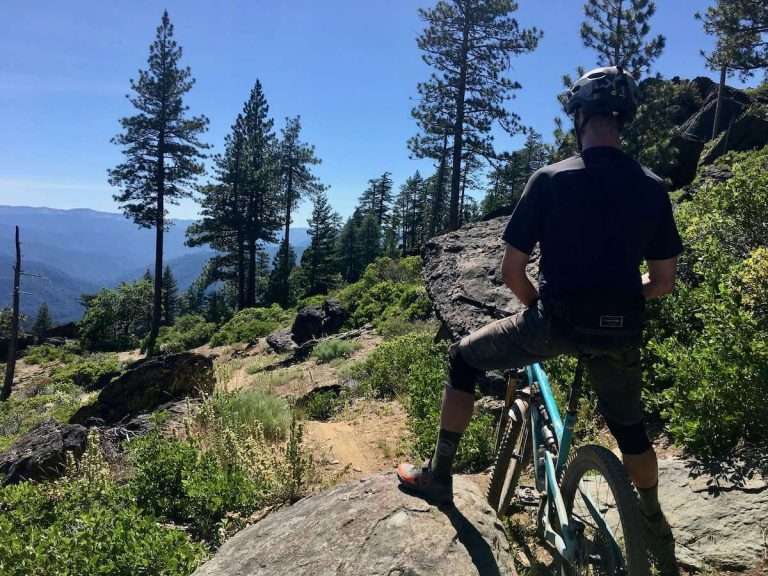
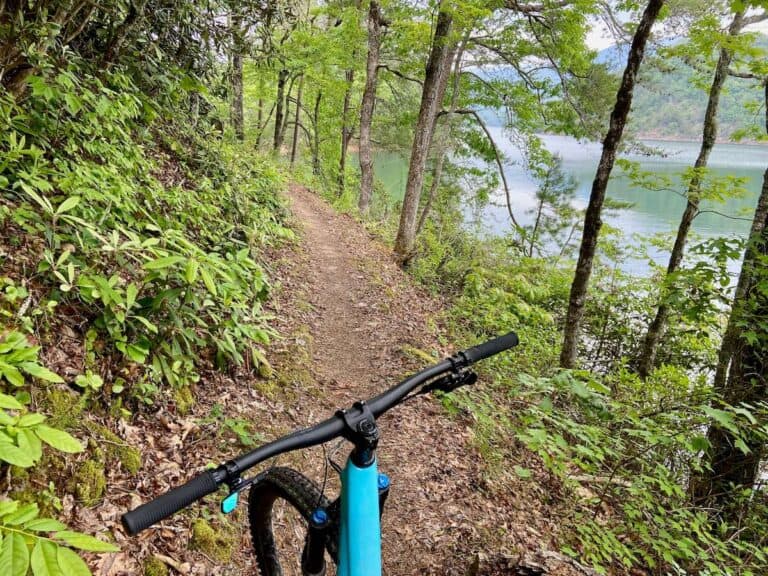


Thanks for mentionig that women might need a wider saddle to accommodate their hips. I used to bike a lot, but I haven’t done it in about six years. I’d really like to try biking again, so I’ll have to get fitted for a new bike asap.